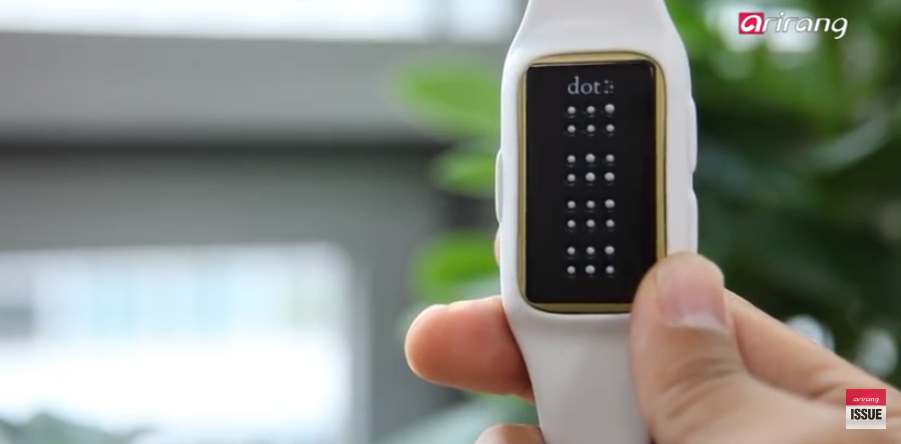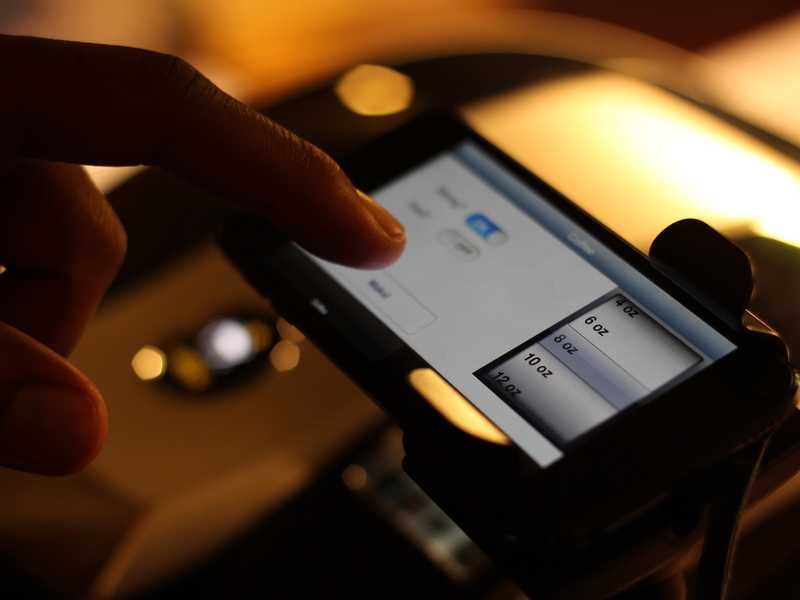Voice-Activated Assistive Devices: Empowering the Visually Impaired
Voice-Activated Assistive Devices: Empowering the Visually Impaired
Blog Article
Enhancing Lives With Advanced Assistive Gadgets for the Blind
The assimilation of sophisticated assistive tools for the blind is changing exactly how people experience their surroundings and communicate with their communities. What does this evolution suggest for the future of assistive technology and its role in equipping individuals?
Summary of Assistive Tools
Assistive tools for the blind incorporate a diverse series of tools and technologies designed to boost self-reliance and enhance the quality of life for individuals with visual problems. These tools accommodate numerous needs, from navigation and mobility to communication and day-to-day job management.
Among the primary classifications of assistive gadgets includes flexibility aids, such as white canes and guide pets, which assist customers navigate their environments safely. Electronic travel help, furnished with sensing units and audio comments, additionally play a significant duty in flexibility improvement.
In addition, devices that aid with daily living activities, such as flexible cooking area tools, Braille tags, and chatting watches, equip individuals to do jobs individually. Communication help, including screen visitors and Braille display screens, assist in access to details and make it possible for people to involve effectively with the electronic globe.
In addition, low-tech remedies like multiplying glasses and large-print products remain essential for numerous users. Jointly, these assistive tools offer not only as practical tools but likewise as vital enablers of freedom, cultivating better involvement in a world that usually prioritizes sighted experiences. Their assimilation into day-to-day live is important for promoting inclusivity and enhancing overall health for those with aesthetic disabilities.
Ingenious Technologies in Usage
Development in modern technology has substantially changed the landscape of devices offered for people with aesthetic problems. Among one of the most notable advancements are smart glasses integrated with increased fact, which provide real-time navigating assistance and object acknowledgment. These devices take advantage of advanced electronic cameras and artificial knowledge to deliver acoustic signs, enhancing the individual's spatial recognition and freedom.
Additionally, mobile applications have arised as powerful resources, allowing individuals to recognize currency, reviewed message out loud, and navigate strange environments via verbal guidelines. Devices such as Braille screens and refreshable Braille devices continue to progress, providing smooth connection with computer systems and smartphones, thus enhancing communication and accessibility to details.
Wearable technology, consisting of smartwatches outfitted with voice-activated attributes, better encourages customers by assisting in fast accessibility to notifications and notifies without calling for visual interaction. Tactile maps and 3D printing are additionally acquiring traction, using substantial depictions of spaces that aid in positioning and wheelchair training.
Jointly, these innovative technologies not only improve the day-to-days live of aesthetically impaired people but likewise foster greater self-reliance, inclusivity, and involvement with the wider community, consequently improving perceptions of availability. (OCR devices for the blind)
Personal Stories of Empowerment
Empowerment often arises from individual experiences that highlight the transformative impact of technology on people with aesthetic impairments. Take, as an example, the story of Sarah, a young artist who restored her passion for painting through the usage of a clever walking cane outfitted with barrier detection. This gadget not only facilitated her movement however instilled a newly found self-confidence, permitting her to browse public rooms individually and pursue her creative endeavors.

These stories underscore the profound impacts that advanced assistive gadgets can carry every day life. By allowing individuals to conquer barriers, technology promotes a feeling of freedom and self-respect. Such empowerment tales act as a testimony to the potential of advancement, showing how the right devices can dramatically enhance quality of life and open doors to brand-new opportunities for those with visual problems.
Advantages of Advanced Solutions
Exactly how can advanced services fundamentally enhance the lives of individuals with aesthetic problems? The combination of advanced technology right into assistive tools substantially transforms day-to-day experiences for those influenced by vision loss. These innovative remedies supply unmatched autonomy, making it possible for users to navigate their environments with self-confidence. Tools such as clever canes equipped with sensing units, navigation apps, and wearable modern technology are created to offer real-time responses, improving spatial eye care associates understanding and reducing the risks connected with flexibility.
In addition, progressed assistive technologies foster social addition by facilitating communication and communication. Voice-activated gadgets and applications allow people to accessibility details and engage with their environments separately, breaking obstacles that previously prevented their participation in instructional, professional, and social settings.
In enhancement, the personalization and adaptability of these services accommodate the diverse needs of users, thereby boosting their general lifestyle. Improved performance, such as things recognition and text-to-speech capabilities, encourages people with aesthetic impairments to perform jobs that they might have when found challenging. Inevitably, progressed assistive modern technologies not just improve freedom and safety but additionally advertise dignity and self-worth, permitting customers look at this website to lead fulfilling lives.
Future Fads in Assistive Tech
As technology remains to progress, the landscape of assistive tools for the blind is positioned for impressive advancements that will additionally boost access and self-reliance. Arising patterns in assistive technology show a change toward raised integration of expert system (AI) and artificial intelligence, making it possible for tools to adapt to individual user needs in real-time. These technologies are anticipated to help with more instinctive navigation systems that can identify obstacles and supply audio feedback, significantly boosting outside movement.
Additionally, the growth of wearable tech, such as smart glasses outfitted with enhanced reality, will certainly allow individuals to receive contextual details concerning their surroundings, thereby enriching their spatial awareness. Improvements in haptic innovation promise to produce tactile comments devices, allowing customers to view details via touch, enhancing understanding and interaction with their environment.
Telecommunication developments are also leading the way for remote support solutions, where skilled experts can give support via video telephone calls, making certain support is readily available. As these patterns unfold, the future of assistive gadgets for the blind will certainly cultivate better autonomy, equipping people to navigate their world with confidence and simplicity.

Final Thought
The assimilation of sophisticated assistive devices for the blind represents a significant advancement in cultivating freedom and enhancing high quality of life. By making use of ingenious innovations, these have a peek at these guys devices equip individuals to navigate their settings with better confidence and autonomy. As the field continues to progress, ongoing r & d will likely generate much more sophisticated options, additionally changing the lived experiences of individuals with aesthetic problems and promoting a higher feeling of incorporation within culture.
The integration of sophisticated assistive gadgets for the blind is changing exactly how individuals experience their surroundings and interact with their areas. The integration of innovative technology right into assistive tools dramatically transforms day-to-day experiences for those affected by vision loss.As innovation proceeds to advance, the landscape of assistive gadgets for the blind is poised for exceptional advancements that will certainly further improve accessibility and freedom. Emerging trends in assistive technology indicate a shift towards raised assimilation of fabricated intelligence (AI) and equipment discovering, allowing tools to adjust to specific customer requires in real-time.The assimilation of advanced assistive tools for the blind represents a considerable development in promoting self-reliance and improving high quality of life.
Report this page